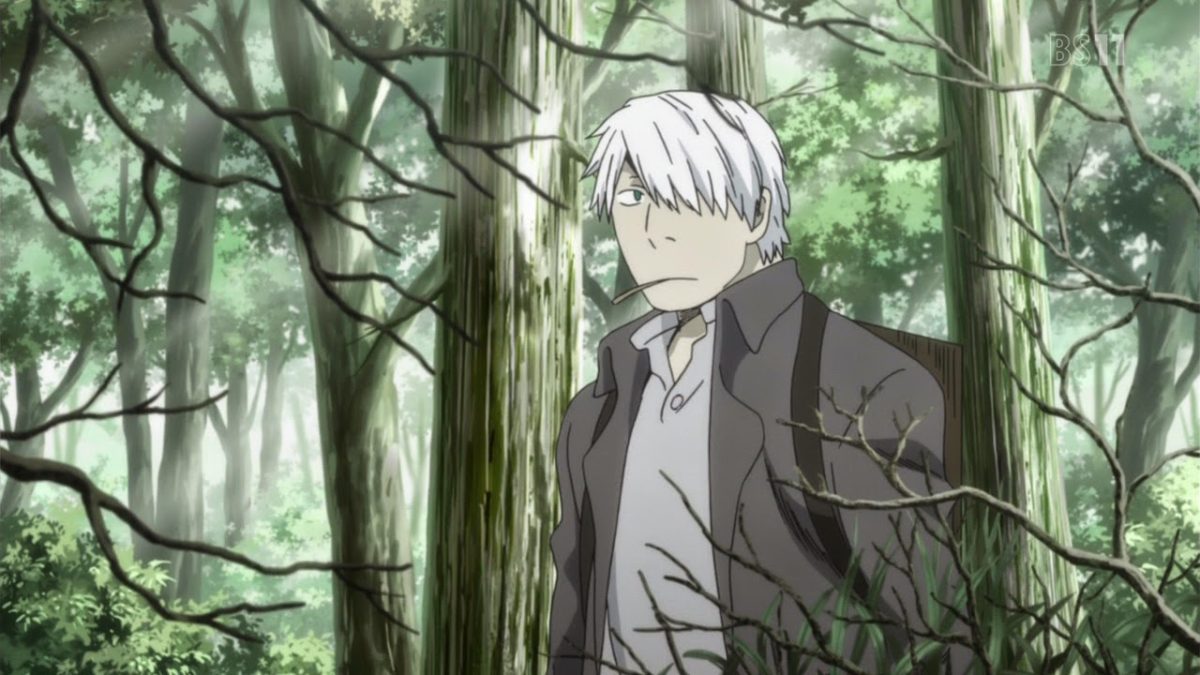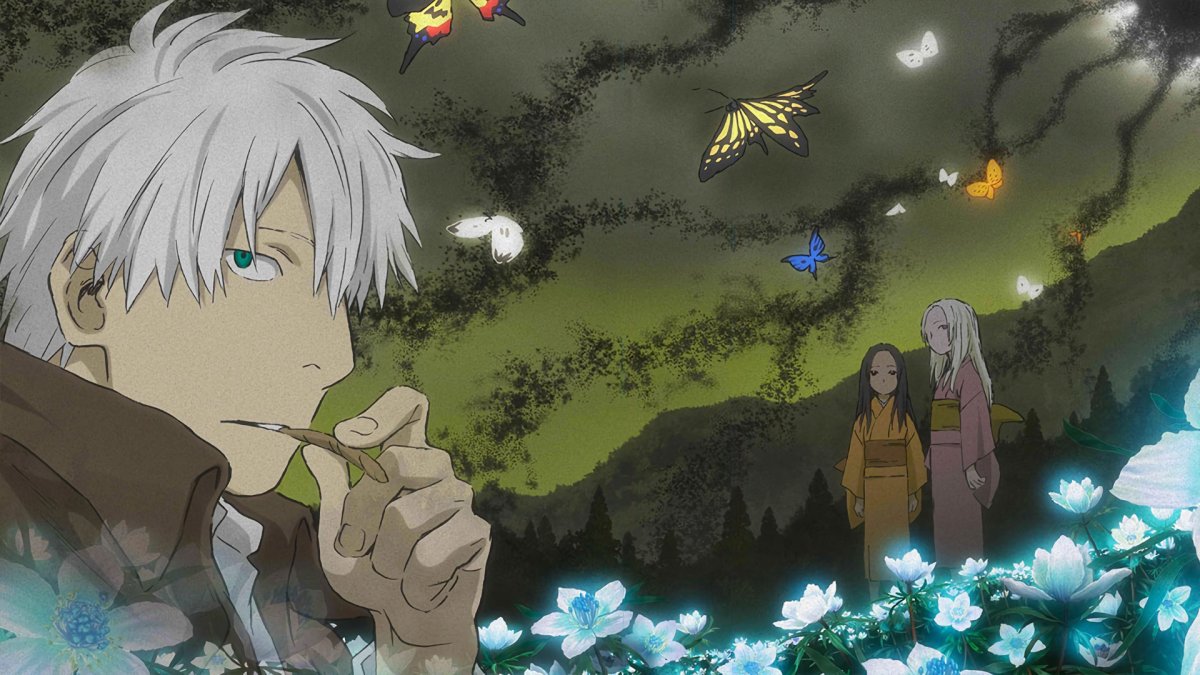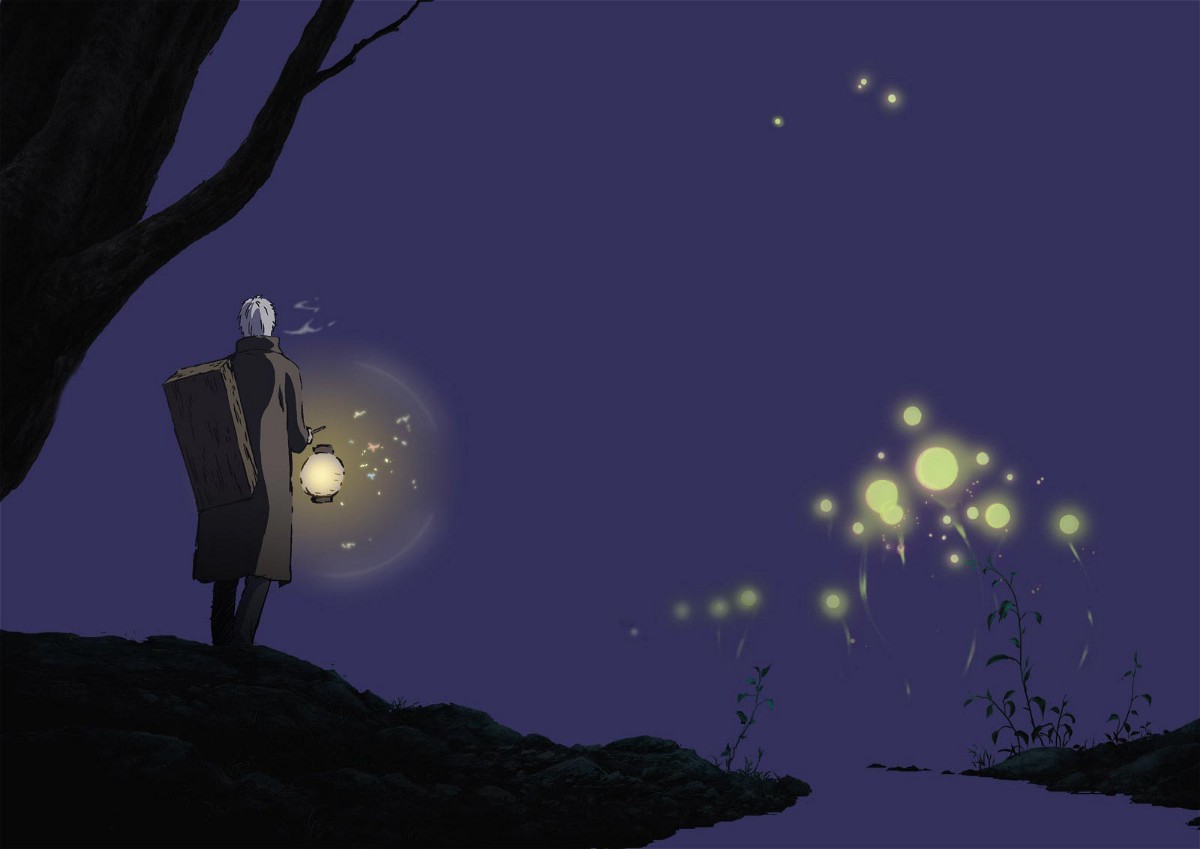Where (and When) Does ‘Mushishi’ Take Place?

With so much anime to watch on streaming services, understated titles like Mushishi can often go under the radar. But anyone who’s interested in something new to watch would be remiss not to (at least) try this show, which is recognized by many as a humble gem of its time.
Speaking of time—many fans of this show are somewhat confused about when and where it’s meant to take place. The rural setting is often offset by the whimsical happenings in the forests, and the main character, Ginko, wears clothes that are much more modern than his clients.
Fear not, weebs. I studied history in college with a focus on Asian history. My research skills are bar-none. I gotchu.
The Where

Mushishi takes place in a multitude of places, mostly undefined, as Ginko travels for work. Most of the time, he brings us to mountains and forests, where mushi are more likely to gather. Other times, we’re taken to seaside communities, where the villagers fish and dive.
It can be assumed that these aren’t meant to be actual physical destinations, but instead representations of different types of Japanese communities from the time period. And while Ginko is a crafty sort of guy, it’s unlikely that he traveled by sea very often, due to the nature of his work. Therefore, he was probably localized on one island for the majority of the shoe—either Honshu’s southwestern or northeastern points or the entirety of Hokkaido, judging from the biomes we’re shown.
The When

The creator of Mushishi, Yuki Urushibara, has stated that the series takes place in an “imaginary time” between the Edo and Meiji periods. What makes it imaginary is that this time period is supposed to be during the era when Japan was still quite isolationist, yet the series displays some technology that was modern for its time. As well as this, Ginko dresses in Western-style clothes–a fashion trend that didn’t come around til the Meiji Restoration–but everyone else dresses in traditional Edo garb.
This is an interesting creative decision, considering the historical context. If there was ever a time between both eras, it would be a time of fraught political turmoil and outer pressure from other nations (especially the United States). The transition from Edo to Meiji was a fairly forceful one, with many rural communities struggling with the pressure to modernize. Yet, Mushishi is largely a peaceful show, with a huge emphasis on nature and spirituality. It makes Japan seem otherworldly and mystic, removed from worldly conflicts.
I therefore can’t help but wonder what Urushibara’s motivation was here. Was he lamenting the turbulent changes in Japan’s early history and wanted to pay homage to its humbler historical roots? Did he want to detract from the negatives of that time period? Or did he simply find a sort of irony in stepping away from all that mess and making us focus on something else instead? It certainly adds to the distorted, delirious feel the show has as a whole.
Any thoughts? Be sure to leave a comment below!
(Featured Image: Kodansha)
Have a tip we should know? [email protected]
